Madagascar Fauna & Flora Group
What We Do
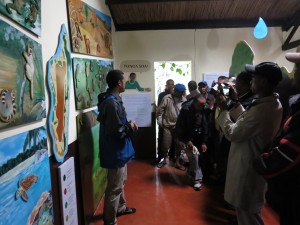
How We Protect Lemurs And Other Wildlife
Starting in 2008, we received funding to undertake reforestation efforts in the region surrounding our project sites. The goals of this project were to work with local communities to replant trees in a 2 kilometer radius around the Betampona National Reserve. These reforestation efforts help to replenish habitat for lemurs and preserve the wider ecosystem, for the future.
We manage a 4-hectare zoological park within the larger Parc Ivoloina, where rescued and confiscated lemurs are kept in captivity until they can be released back into the wild. We also facilitate the success of captive breeding programs both in Madagascar and in partnership with programs in the United States. For example, the zoo has an established captive breeding program for Greater Bamboo lemurs and we have facilitated the first releases of captive-born black-and-white ruffed lemurs in the Betampona Nature Reserve; lemurs which had been raised by the Duke Lemur Center in the United States.
What Lemur Species We Protect
At MFG we have active research programs at our study sites in eastern Madagascar. These include research and conservation efforts aimed at helping the following species:
- Black-and-white ruffed lemurs (Varecia variegata)
- Black lemur (Eulemur macaco)
- Greater bamboo lemur (Prolemur simus)
- Indri (Indri indri)
- Diademed Sifaka (Propithecus diadema)
How We Support Local Communities
Capacity building
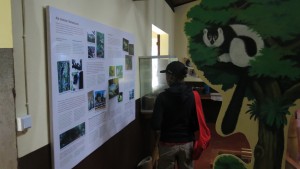
Environmental Education
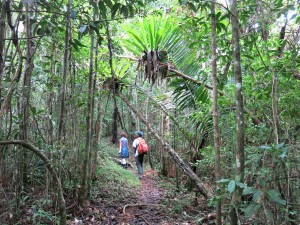
Over the years, these educational programs have been expanded to include both middle and high schoolers. We even provide training to elected officials in the local villages. Many of these training opportunities take place in the Ivoloina Conservation Training Center, a facility that includes a meeting room, library, and laboratory.

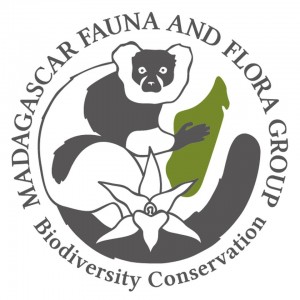
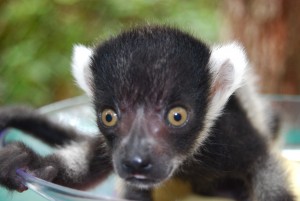




Comments are closed.